The History of Slovenian Handball
The Handball Association of Slovenia (RZS) was founded at the end of 1949, within the framework of the Handball Association of Yugoslavia at the time. The first president of the RZS was Vlado Žorž, and in that year there were already six handball clubs in Slovenia: Kladivar - Celje, Polet - Maribor, Enotnost - Ljubljana and three more clubs in Ptuj, Lendava and Murska Sobota. Later, handball attracted an increasing number of supporters, and in 1975 more than 100 men's and women's clubs were registered in Slovenia.
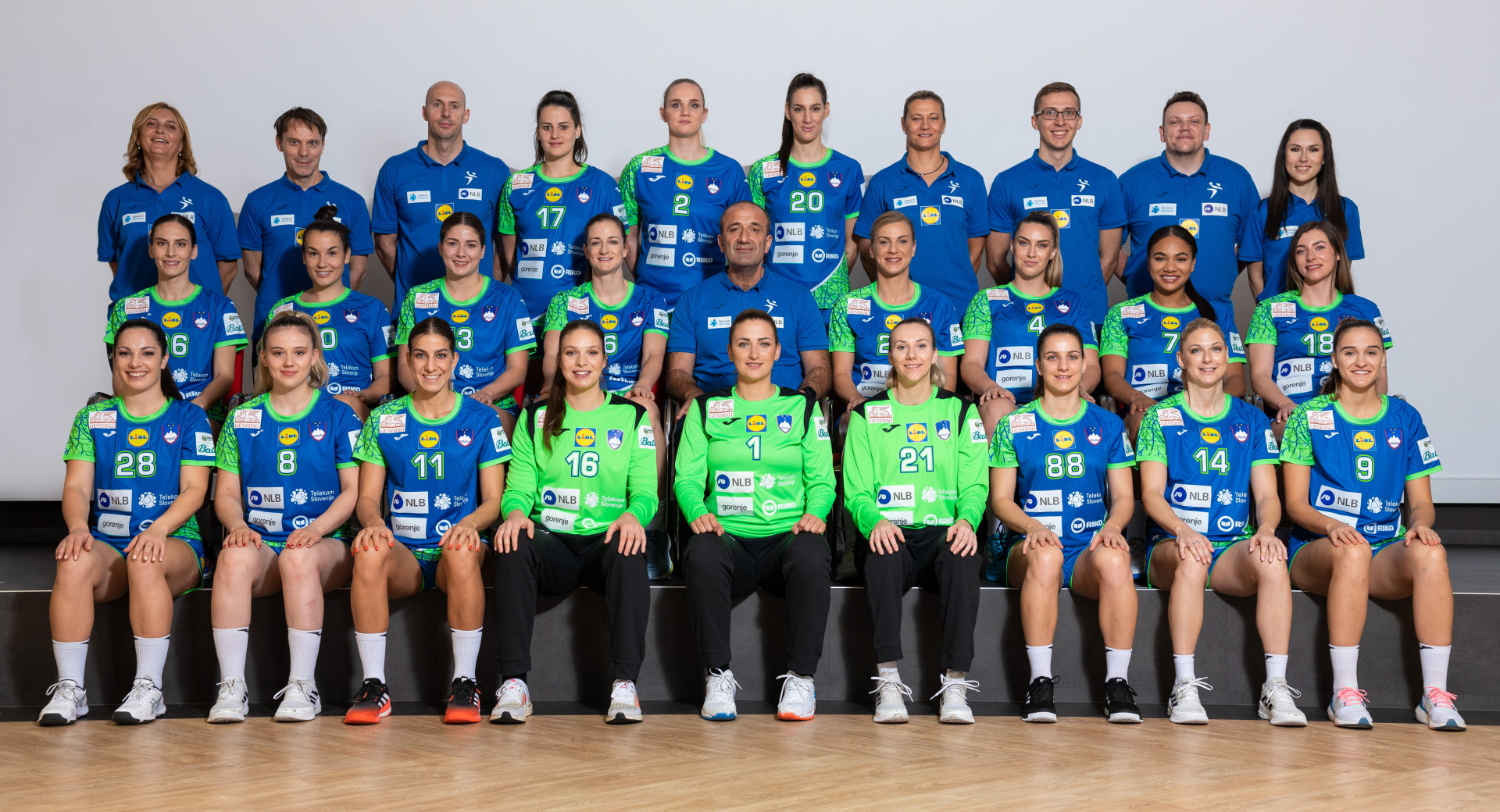
The first republican championship in big handball started in 1949 in competition between six teams, and it was won by Celje. After that year, interest in handball slowly declined, and practically all teams switched to small handball, which became more and more popular, in just a few months. In the 1952/53 season, the first republican championship in small handball was played (the first title in the men's and women's competition was won by Svoboda from Ljubljana), and in 1967 the first cup competition was held (Partizan - Slovenj Gradec won for men and Partizan - Selca for women).
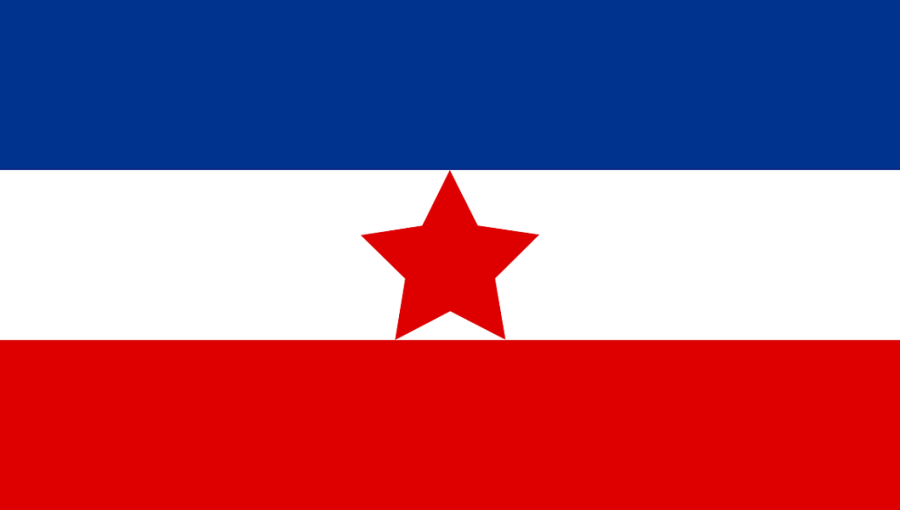
The Yugoslav Era
Slovenian handball played an important role in the former Yugoslavia, the most successful clubs Celje, Slovan, Olimpija, Rudar, Branik successfully performed in the First Federal League and the YU Cup. The greatest success for Slovenian handball during the Yugoslav era was achieved by Slovan, which won the title of national champion of Yugoslavia in the 1979/80 season and played in the final of the European National Champions Cup.
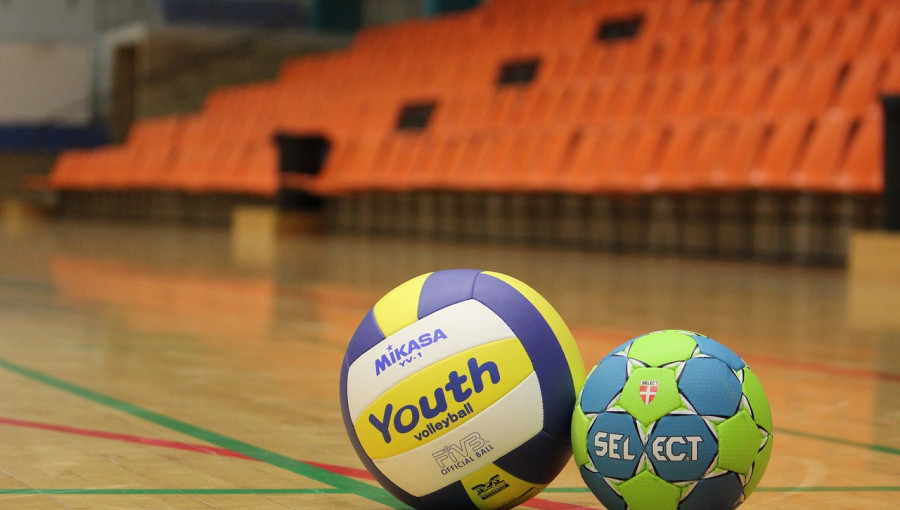
Emergence of National Teams
After the independence of Slovenia in 1991, the RZS also became independent and the following year became an equal member of the European (EHF) and international (IHF) handball federations. In the 1991/92 season, the first national championship was played in independent Slovenia, and the first national champions were Celje Pivovarna Laško for men and Belinka Olimpija for women. We established our national teams, which began to compete in European and world competitions, and in the 1992/93 season Slovenian clubs appeared in all European Cup competitions for the first time.
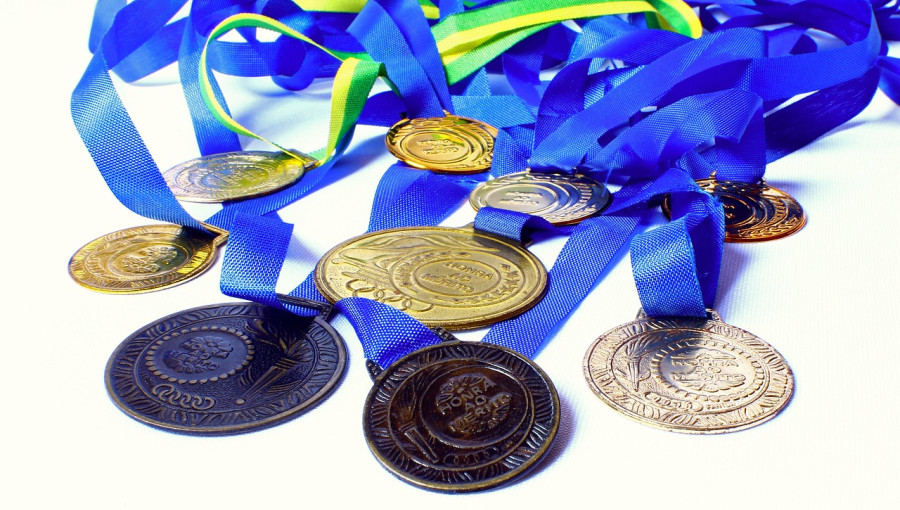
First medals for Slovenian National Teams
The men's national team was the first Slovenian national team to win a medal - bronze at the Mediterranean Games in 1993, and its greatest success is certainly the silver medal at the European Championship in 2004 in Slovenia. The women's handball team also won two silver medals, namely in 1997 at the Mediterranean Games in Bari and in 2001 in Tunis. In 2003, at the WC in Croatia, the women's handball team took 8th place, which is still considered the greatest success at the world and European championships for women.

European Handball Federation Cup
The most successful women's handball clubs in Slovenia are undoubtedly the Krim Mercator Handball Club and the Olimpija Handball Club (formerly Robit Olimpija). The latter's team qualified for the Champions League in the 1994/95 season, and the 1996/97 season went down in golden letters in the club's history, as the handball players of the then club won the European Handball Federation Cup. During this time, the Olimpija team was distinguished by a fast, modern game, which became its trademark.
Krim Mercator Handball Club
The most successful women's handball clubs in Slovenia are undoubtedly the Krim Mercator Handball Club and the Olimpija Handball Club (formerly Robit Olimpija). The Krim Mercator handball club was founded in 1984, and in its history, the relatively young club has achieved exceptional success. With two European titles and more than 50 domestic laurels, Krim Mercator is today one of the most successful Slovenian sports teams.
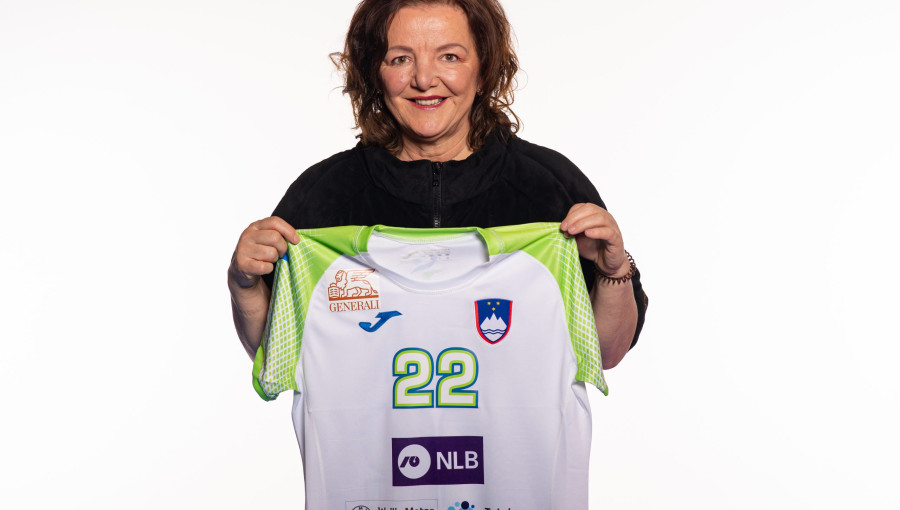
Strengthening the Team
In 1992, Zoran Janković took over the role of president and brought to the club a mindset and ambitions that soon outgrew the boundaries of the young country of Slovenia. He also provided the club with the main sponsor and since then it has performed under the name Krim Electa. At that time, the team was led by Marta Bon, who in the first period of Krim performed in a dual role - as a coach and player. The team gradually got stronger, but the inexperienced team lost to Olimpija in 1993.

Champions League
It was necessary to wait until the year 1995 for the laurels in the national championship and thus the inclusion in the elite League of Champions, then named as the Cup of National Champions. At that time, only President Janković and the legendary coach Vinko Kandija believed that the first European final was waiting for them just before the turn of the millennium. The new millennium brought Tone Tiselj and with it, even more work planning. The biggest goal was the big European laurel, which knocked on the door of the Ljubljana club already in 1999. In the second final attempt, there was simply no way for the Crimean women to miss the opportunity again. Viborg managed a draw in Denmark, but Ljubljana was on fire and the overflowing stands of Kodeljevo went into delirium on May 12, 2001. Krim became one of the biggest and repeated the achievement two years and five days later.
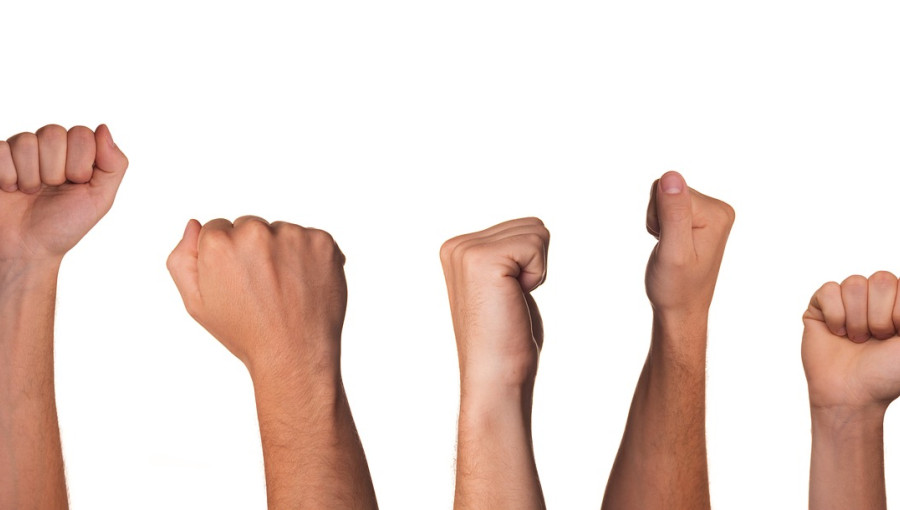
New Foundations for the Future
Changing the management and rejuvenating the team were the most difficult but necessary steps at the start of the rehabilitation of the club. What used to be a desire for laurels has now become a desire to survive and prepare for new growth. Those responsible succeeded in the most important thing, they overestimated through the red times and laid important foundations for the future. In 2020, the club received a significant boost and became part of a great revolution that will make the European Champions League even more attractive.
